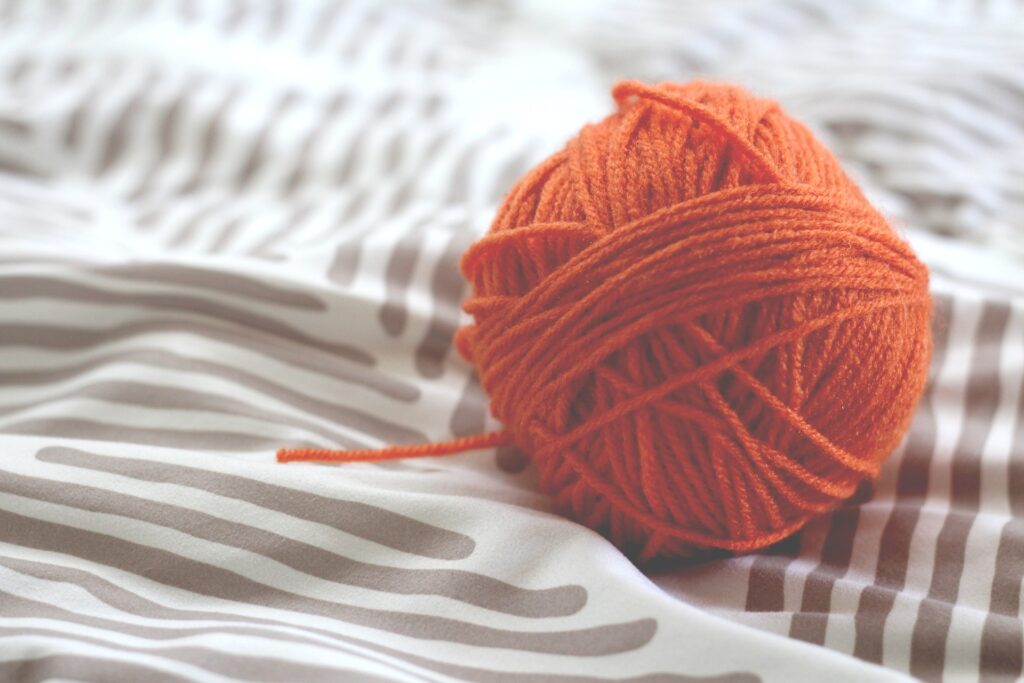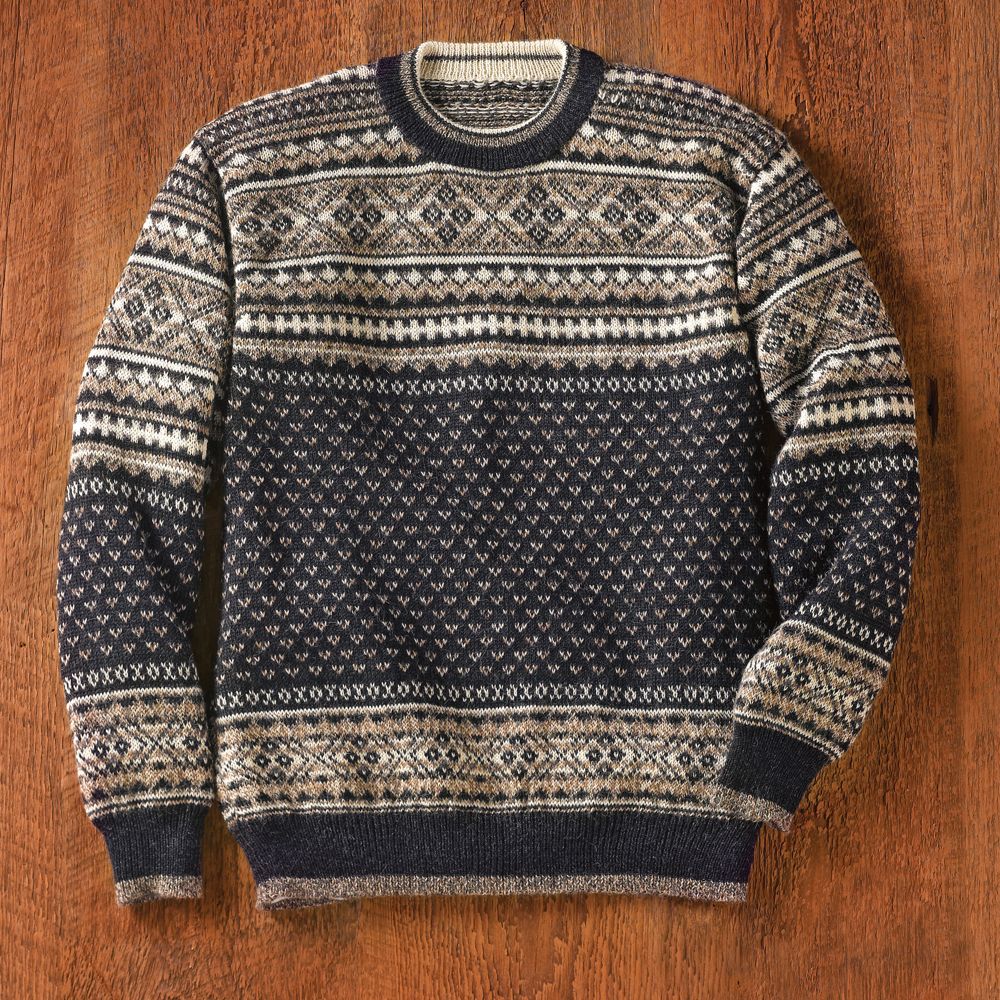Wool is one of my favourite fabrics. It lends so much to an outfit; the texture, the drape, the warmth. And it looks bloody good.
But one thing that needs a bit more thought is the relation between water and wool.
There is not a lot of information on the internet regarding this aspect of wool, so I am going to break it down completely in this guide.
Here’s the short answer.
Wool can get wet. But getting wet does not harm wool, as it is a very sturdy fabric that can hold up to 20% of its weight in water. Wet woollen garments are also able to provide warmth to the wearer.
Let’s dig in a little bit deeper.

what happens to wool when it gets wet?
Wool is a natural, hydrophobic (water-repellent) fiber that can absorb up to 30% of its weight in moisture without feeling wet. This means that wool fibers can absorb water vapor, such as sweat or humidity, but they will not absorb liquid water.
When wool fibers absorb moisture, they will swell and the scales on the fibers will open, making the fibers more flexible and softer to the touch. In addition, wool fibers will also insulate better when they are wet, keeping the wearer warm.
However, if wool is saturated with water and becomes wet, it can shrink, felt, and lose shape. Wet wool fibers will also become stiff and matted, making them difficult to work with or wear.
Additionally, if wool is washed with hot water or agitated, the fibers can shrink, becoming smaller and denser, leading to a shrinkage of the garment.
When wool is washed, it should be washed in cool water and with a mild detergent, if needed. it should be handled gently and not wrung or twisted. And it is recommended to lay flat to dry to maintain the shape and texture.
To avoid shrinking and felting, it’s important to avoid exposing wool fibers to water or high humidity. If wool fibers become wet, they should be dried as soon as possible, either by blotting the moisture away with a towel or by airing the fibers out in a well-ventilated area.
Can wool be washed?
Yes, wool can be washed, and most wool garments do not shrink if they get wet nowadays. Back in the day, pure untreated wool was usually used to make sweaters and coats. But over time, manufacturers have started using chemically treating wool in order to make the fabric machine-washable.
So, how would you know if your wool garment can be washed?
Just check the label.

Every half-decent manufacturer will attach a tag to your clothes that will convey how they are supposed to be cleaned. If you check that tag out, you will get to know whether your garment is washable and whether you should hand wash it or machine wash it.
Most manufacturers would even go to the extent of telling you if the wool needs to be washed in cold water or hot water. So just follow the instructions and you would be fine.
If the tag does not specify the temperature at which the wool is supposed to be washed, then hand wash it in cold water. This is the safest way to ensure your wool sweater does not shrink.
Can you wear wool in the rain?
A wool coat can be worn under a slight drizzle. But if heavy rains are forecasted, then you are better off wearing a proper raincoat as that would give you more protection.
Wool coats can also be worn during the monsoon season. In fact, they would probably survive even heavy downpours, it’s just that raincoats would do a much better job of protecting you from the incoming water droplets.
Some overcoats are specially advertised as being rain-friendly. They usually have a blend of different fabrics that unite in order to waterproof the coat. If this is the case with your overcoat too, then you can go ahead and wear it in the rain worry-free.
Does wool absorb water?
Wool does absorb water. It can absorb up to 20% of its weight in water. Some wool garments are pre-treated and can absorb even higher amounts.
The benefit of absorption is pretty clear. If a fabric absorbs water, then it won’t become dripping wet. Therefore wool does get wet, but not to the extent that it starts dripping.
You may think that raincoats are a better option because they do not absorb water at all, and you would be absolutely right in thinking so. But keep in mind that I am talking about wool here in the context of other natural fabrics such as cotton and silk.
Compared to cotton garments which get wet instantly, a wool overcoat is as good as a raincoat.
And the second consideration that is very important to make is warmth. Wool, due to its natural properties, is able to provide heat to the wearer even if it is wet. There is no other similar natural fabric that does this.
Wool stays warm even when it’s wet. Can cotton beat that?
How to waterproof wool?
If you are worried about waterproofing wool because you are going to wear it during slightly rainy days, then you do not need to worry at all. Wool can easily manage being wet on its own. But if you are preparing for a heavy downpour, you would need to work a bit harder.

The easiest method by far that a layman can do to waterproof wool is just simply using the Scotch Guard waterproof spray on it. Some wool garments do not react very well to it, so make sure you do a little spot test in an inconspicuous area before spraying your coat or sweater.
- WATER REPELLENT SPRAY: One Scotchgard Outdoor Water Shield Spray, 13 oz can, that protects...
- IDEAL FOR MANY OUTDOOR ITEMS: Water repellent spray is ideal for use on outdoor fabrics...
- SAFE FOR MANY FABRICS: Use this fabric spray before Spring and Summer outings on...
- BREATHABLE: Water repellent spray does not impede fabric breathability, so you can enjoy...
Is wool waterproof or water resistant?
Wool is water-resistant by nature. Most wool garments are highly absorbent and can soak up to 20% of their weight in water before they start to leak. Unprocessed wool items that still have the fatty linonen from the original animal are almost waterproof.
The things blur a bit when it comes to finer wools such as merino wool and cashmere.
Premium wools such as merino wool are water-resistant, but the degree of resistance to water usually varies from manufacturer to manufacturer. Wool sweaters from fast-fashion brands tend to have lesser resistance to water than garments from premium, high-end brands.
This tends to happen because premium brands can afford to source only the best quality of wool, a luxury that most fast fashion brands do not have.
Does wool shrink when wet?
Wool does not shrink if you machine-wash it or hand-wash it. Wool also does not shrink if it gets wet in the rain or in other ways.
So, that’s pretty much a relief.
But you need to be aware of where wool does actually shrink. The dryer.
Most woolen garments are not able to take the rough treatment of a dryer. They tend to shrink by a few inches after every drying cycle. Therefore, you should avoid tumble drying your wool unless you purposefully want to make it smaller in size.

My name is Alex Higson and I am the founder of Magic Of Clothes. I have worked in the fashion industry for many years, and clothes and style are a huge part of my life.

